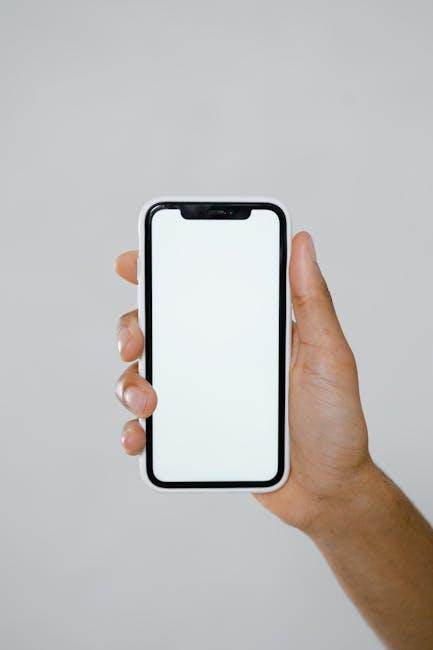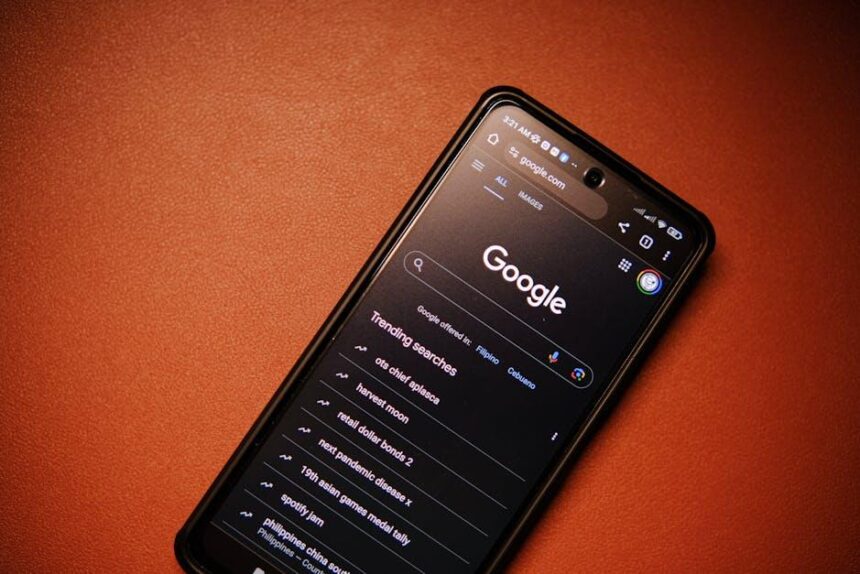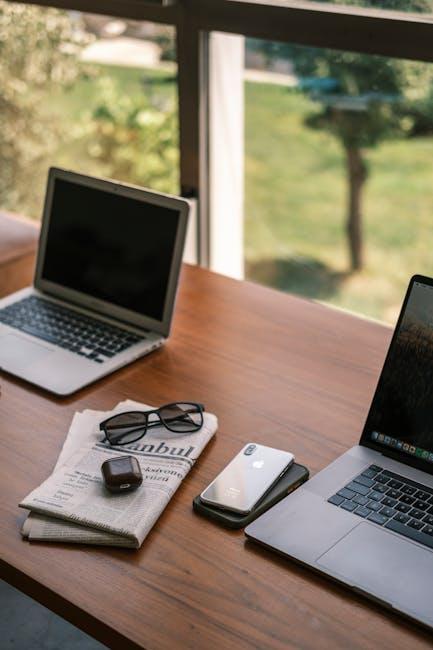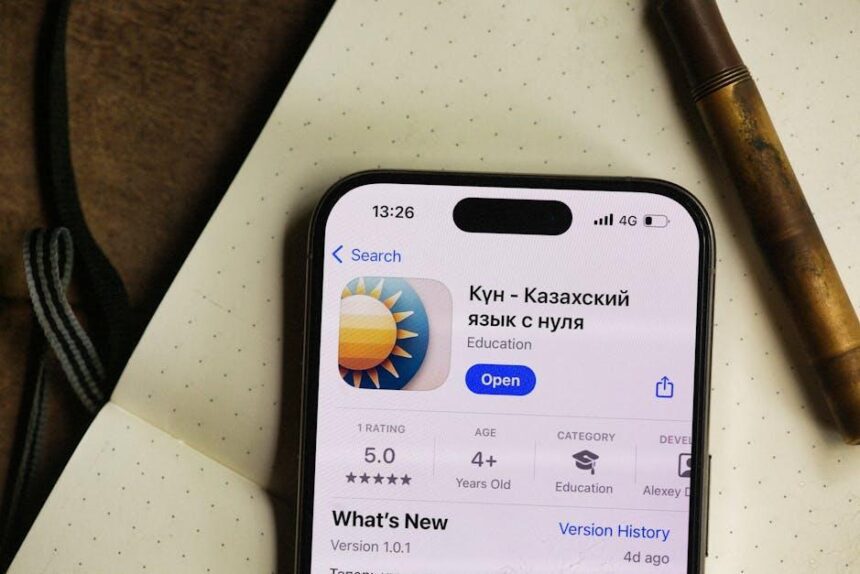In a world where technology seamlessly integrates into daily life, the smartphone stands as an extension of ourselves-compact, intuitive, and endlessly adaptable. Yet, beneath the sleek glass and polished metal lies a subtle challenge: the device’s design often leans toward right-handed usage, leaving left-handed users navigating a landscape not quite tailored to their natural habits. As the call for inclusivity grows louder, reimagining smartphone design for left-handed users emerges as both a practical necessity and an exciting frontier. This exploration invites us to rethink gestures, placements, and ergonomics, crafting devices that feel truly ambidextrous in a predominantly right-handed world.
Challenges in Smartphone Usability for Left-Handed Individuals

While smartphones have revolutionized communication, their design often leans heavily toward right-handed users, inadvertently sidelining lefties. Buttons, gesture controls, and app layouts tend to favor right-hand dominance, which can lead to discomfort and inefficiency for left-handed individuals. For instance, swipe gestures originating from the screen’s right edge or default keyboard placements may not align well with their natural hand movements. This misalignment often forces left-handed users to adapt awkwardly, reducing fluidity and increasing the likelihood of accidental taps or missed actions.
Common hurdles faced include:
- One-handed navigation: Icons and menus frequently sit on the right, making reach cumbersome.
- Typing speed: Keyboard layouts or predictive text algorithms rarely customize for left-handed typing habits.
- Camera access: Physical buttons or ports optimized for right-side use complicate left-handed handling during photography or video calls.
| Feature | Right-Handed Bias | Impact on Left-Handed Users |
|---|---|---|
| Swipe Gestures | From right edge | Difficult to perform comfortably |
| Button Placement | Right side or upper edges | Hard to reach, awkward grip |
| Keyboard Layout | Centralized with right-favoring prediction | Reduced typing speed and accuracy |
Ergonomic Design Considerations Tailored to Left-Handed Users
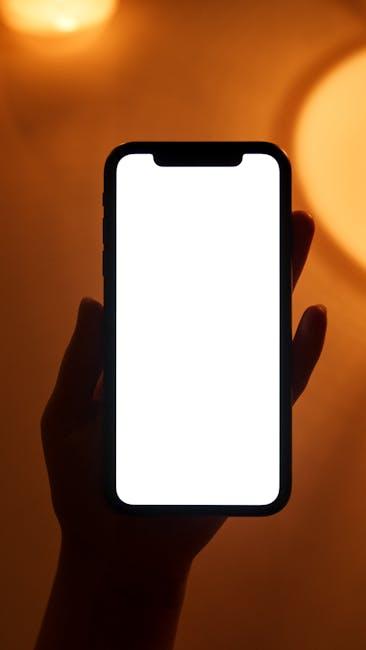
Designing a smartphone that feels natural in the left hand goes beyond mirroring the interface. It calls for thoughtful placement of frequently used buttons and ports to enhance comfort and efficiency. For example, power buttons and volume controls can be repositioned to the left side, allowing easy reach with the thumb without needing to adjust grip. Likewise, speaker grills and headphone jacks aligned to this side can minimize awkward hand movements during calls or media consumption. The goal is to create a seamless balance between functionality and ergonomics, enabling users to operate their devices intuitively with their dominant hand.
- Button placement: Prioritize left-side for thumb access
- Touchscreen layout: Customizable to favor left-handed gestures
- Grip texture: Enhanced on the right edge to prevent slips
- Port alignment: Adjusted for cable convenience on the left
| Feature | Right-Handed Default | Left-Handed Adaptation |
|---|---|---|
| Power Button | Right edge | Left edge |
| Volume Controls | Right edge | Left edge |
| Swipe Gestures | Right to left | Left to right |
| Grip Texture | Right side | Right side (for support) |
Feature Customization Options to Enhance Left-Handed Interaction
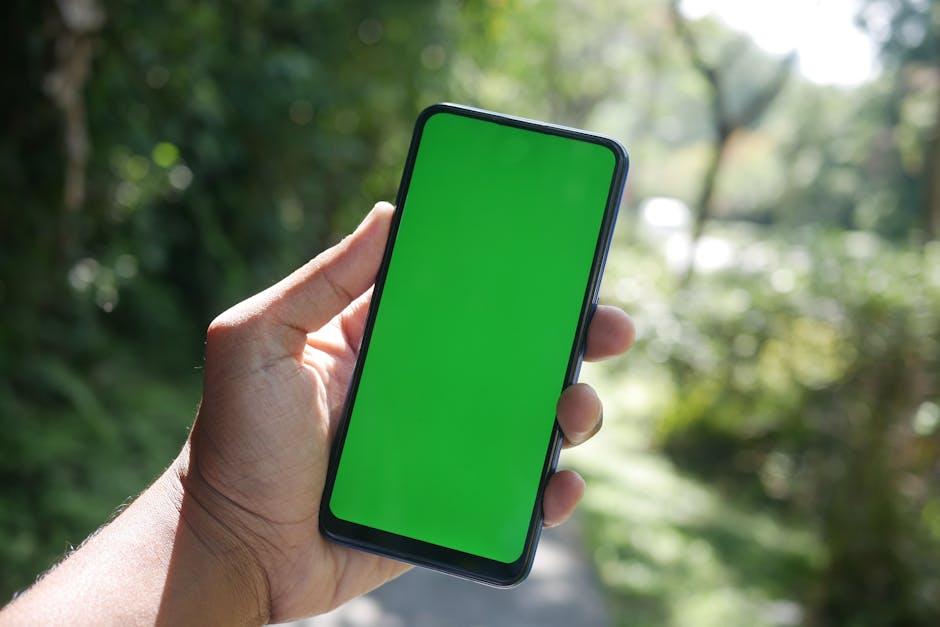
Smartphones tailored for left-handed users often come with a suite of customizable features that elevate usability and comfort. These options allow users to effortlessly switch the orientation of key interface elements-such as navigation bars, keyboards, and tool palettes-ensuring one-handed operation feels natural and intuitive. Gesture controls can also be fine-tuned; for instance, swipe actions can be assigned to the left thumb for quick access to frequently used apps or functions, reducing strain and enhancing efficiency.
Moreover, some devices incorporate adjustable hardware buttons and customizable haptic feedback patterns tailored for left-handed interaction. This not only improves accessibility but also personalizes the smartphone experience to match individual preferences. Here’s a quick overview of popular customization settings designed specifically for left-handed users:
- Reversed keyboard layout: Optimized key placement for left-thumb typing
- One-handed mode: Shifts the entire interface to the left side of the screen
- Customizable gesture controls: Assign gestures for frequent tasks
- Button remapping: Assign physical buttons based on handedness
- Left-hand friendly swipe zones: Adjust touch areas for easier reach
Innovative Design Recommendations for Inclusive Smartphone Development

Creating smartphones that cater to left-handed users involves more than just flipping the interface-it requires a thoughtful reimagining of design elements to enhance accessibility and comfort. Innovative features such as customizable gesture controls, repositionable navigation buttons, and adjustable grip sensors can transform the user experience. By allowing users to seamlessly shift layout components to either side, manufacturers empower individuals to interact naturally with their devices. Additionally, software developers can integrate adaptive algorithms that detect hand dominance automatically and adjust the UI accordingly, making the transition effortless and intuitive.
Key strategies include:
- Reconfigurable toolbars and action buttons tailored for left-hand reach
- Symmetrical hardware design with mirrored speaker and charging port placements
- Reverse scroll direction options to match natural left-hand movements
- Customizable shortcuts and app layouts that prioritize left-hand ergonomics
| Feature | Benefit | Example |
|---|---|---|
| Left-Handed Keyboard | Enhanced typing comfort and speed | Keyboard split and shifted to left thumb zone |
| Reversible Swipe Controls | Natural navigation without awkward finger stretches | Swipe menu opens from right to left |
| Adjustable Button Mapping | Personalized control placement for efficiency | Volume buttons function remapped to opposite side |
In Retrospect
As smartphones continue to weave themselves deeper into the fabric of our daily lives, designing with left-handed users in mind is not just a gesture of inclusivity, but a necessity for true usability. By embracing ambidextrous layouts and customizable features, manufacturers have the opportunity to redefine comfort and accessibility for all. In the end, a thoughtfully crafted smartphone is one that feels like an extension of the user-regardless of which hand holds it. The path forward is clear: innovation that leaves no user feeling left out.
